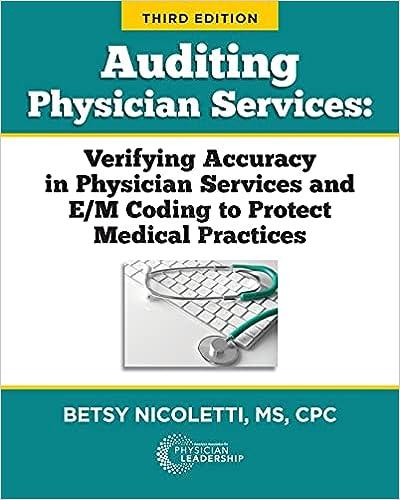Question
The payback periods for Products A and B are calculated using a two-step process. First, the annual net cash inflows are calculated as follows: Product
The payback periods for Products A and B are calculated using a two-step process. First, the annual net cash inflows are calculated as follows: Product A Product B Sales revenues $250,000 $350,000 Variable expenses (_____) (_______) Fixed out-of-pocket operating costs (70,000) (____) Annual net cash inflows $ _____ $130,000 The second step is to compute each products payback period as follows: Product A Product B Investment required (a) $170,000 $380,000 Annual net cash inflow (b) $ $130,000 Payback period (a) (b) years 2.92 years Problem 7-23 (continued) 2. The net present values for Products A and B are computed as follows: Product A: Now Years 1-5 Purchase of equipment $(170,000) Sales $250,000 Variable expenses (_______) Fixed out-of-pocket costs (_____) Total cash flows (a) $(170,000) $ Discount factor (16%) (b) 1.000 Present value (a)(b) $( ) $196,440 Net present value $ Product B: Now Years 1-5 Purchase of equipment $(380,000) Sales $350,000 Variable expenses ( ) Fixed out-of-pocket costs ( ) Total cash flows (a) $(380,000) $130,000 Discount factor (b) 1.000 Present value (a)(b) $(380,000) $ Net present value $ Problem 7-23 (continued) 3. The internal rate of return for each product is calculated as follows: Product A Product B Investment required (a) $170,000 $ Annual net cash inflow (b) $ $130,000 Factor of the internal rate of return (a) (b) Looking in Exhibit 7B-2 and scanning along the 5-period line, a factor of ____ falls right between 22% and 23%, so well estimate an internal rate of return for Product A of 22.5%. A factor of ____ is closest to 21%, so well estimate an internal rate of return for Product B of 21%. 4. The project profitability index for each product is computed as follows: Product A Product B Net present value (a) $26,440 $ Investment required (b) $ $380,000 Project profitability index (a) (b) 0.16 5. The simple rate of return for each product is computed as follows: Product A Product B Annual net cash inflow $60,000 $ Depreciation expense ______ 76,000 Annual incremental net operating income $26,000 $ ____ Product A Product B Annual incremental net operating income (a) $26,000 $ Initial investment (b) $ $380,000 Simple rate of return (a) (b) % % 6. The net present value calculations suggest that Product __ is preferable to Product __. However, the project profitability index reveals that Product ___ is the preferred choice. The payback period, internal rate of return, and simple rate of return all favor Product __ over Product __. However, it bears emphasizing that Lou Barlow may be inclined to reject both products because the simple rate of return for each product is lower than his divisions historical return on investment of 18%.
Step by Step Solution
There are 3 Steps involved in it
Step: 1

Get Instant Access to Expert-Tailored Solutions
See step-by-step solutions with expert insights and AI powered tools for academic success
Step: 2

Step: 3

Ace Your Homework with AI
Get the answers you need in no time with our AI-driven, step-by-step assistance
Get Started


